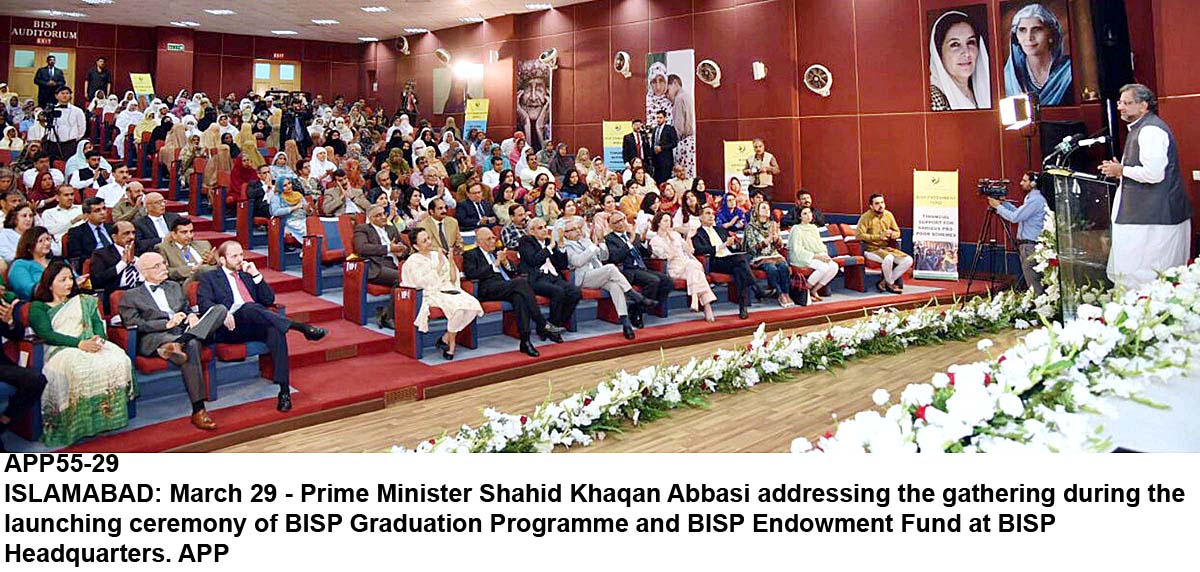KARACHI: Cotton and cotton products contribute more than 12 percent to the gross domestic products and 57 percent to the foreign exchange earnings of the country.
Pakistan is the fifth largest producer of cotton in the world, the third largest exporter of raw cotton, the fourth largest consumer of cotton and the largest exporter of cotton yarn in the world.
The white gold (cotton) can further fetch better price in the international market if the problem of contamination in raw cotton, use of polypropylene bags and standardised system for production is fully implemented. A senior member of the Karachi Cotton Association and member of Pakistan Yarn Merchant Association, Ghulam Rabbani, said that contamination continues to be the most serious problem affecting the cotton spinning industry that should be solved. He said Pakistan exports around 62 percent of its cotton in shape of raw cotton, yarn, cloth and garments, while the remaining cotton ends up as domestic consumption of final products.
The Textile Ministry is currently not taking any interest in this matter and the successive governments that planned banning the use of jute and polypropylene bags for transportation of seed cotton failed to implement the orders. Saner elements in the sector on their own avoided using harmful packaging material, but a large quantity of raw lint is still being enveloped in material harmful for maintaining the quality and moister of the stuff.
He said the arrival of seed cotton to the ginning factories should be in cotton cloth bags or open trolleys, while market committees of the selected lint production districts in Punjab and Sindh should be mobilised effectively to check contamination of cotton by traders during storage.
Steps should be undertaken to overcome the problem and introduce cotton standardisation system for the production of high-quality contamination-free cotton, so as to restore its credibility in the international market and fetch its real intrinsic value.
Around 1.5 million farmers (out of a total of 5 million) cultivate cotton over 3.2 million hectares, covering 17 percent of the cultivable area in the country.
Rabbani said that cotton production supports Pakistan’s largest industrial sector, comprising more than 400 textile mills, more than 7.5 million spindles, 30,000 looms in the mill sector (including 17,000 shuttleless looms), over 275,000 looms in the non-mill sector, 800 knitwear units, 5,000 garment units (with 211,000 sewing machines), 700 dyeing and finishing units (with finishing capacity of 1,200 million square metres per year).
Nearly 1,200 ginneries, 330 oil expellers and 19,000 to 21,000 indigenous, small-scale oil expellers (kohlus) were working in the sector.
It is by any measure Pakistan’s most important economic sector and not surprisingly, government policy has generally been used to maintain a stable and often relatively low domestic price of cotton, especially since 1986-87 to date through the imposition of export duties in order to support domestic industry.
By doing so the government would show its commitment towards making progress on 27 international conventions it has signed as a prerequisite for the Generalised System of Preferences Plus status, obtained in 2014.














